
Redis is NoSQL key-value in-memory distributed data store. It can be used as super-fast database, cache or message broker.
Redis supports data structures such as strings, hashes, lists, sets, sorted sets with range queries, bitmaps, hyperloglogs and geospatial indexes with radius queries.
Also, Redis has built-in master-slave replication, two different levels of on-disk persistence and provides automatic sharding (partitioning) with Redis Cluster.
If you need to store a lot of real-time rapidly changing data with automatic sharding and high availability then do not hesitate – use Redis Cluster.
Redis advantages:
- Blazing fast! You can easily get around 2500 requests per second on average machine
- Redis is written in C
- Master-Slave replication
- Automatic failover
- BSD License
- Telnet-like protocol
- Disk backed
- Can store lists, sets, hashes
- Has transactions (not in Cluster mode)
- Values can be set to expire in case you want to use it as a cache
- Pub/Sub messaging mechanism
- A large list of clients, so you can choose the most appropriate for your purposes
- GEO API for querying by radius


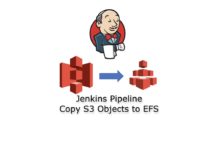
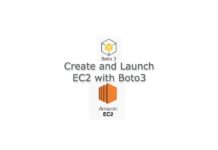
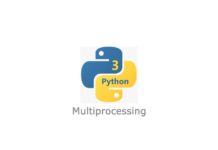


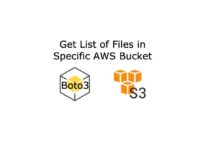
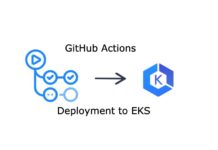
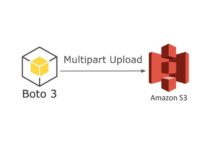

[…] Redis is a data structure server and acts as “NoSQL” key value cache data store. You can find more information about Redis here. […]